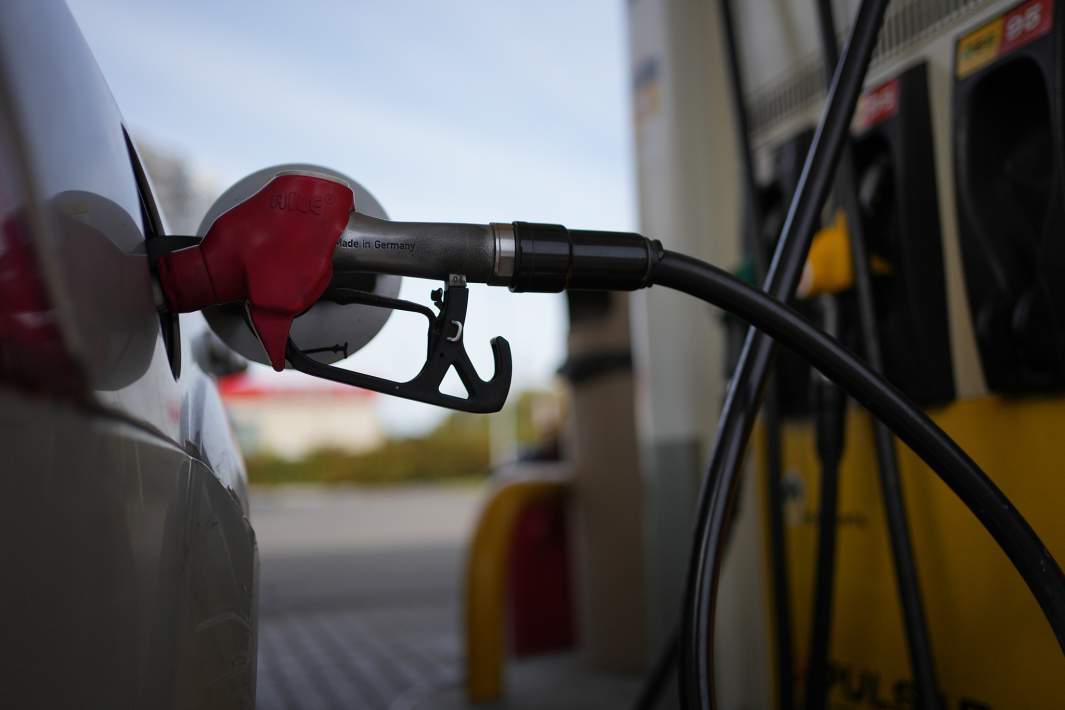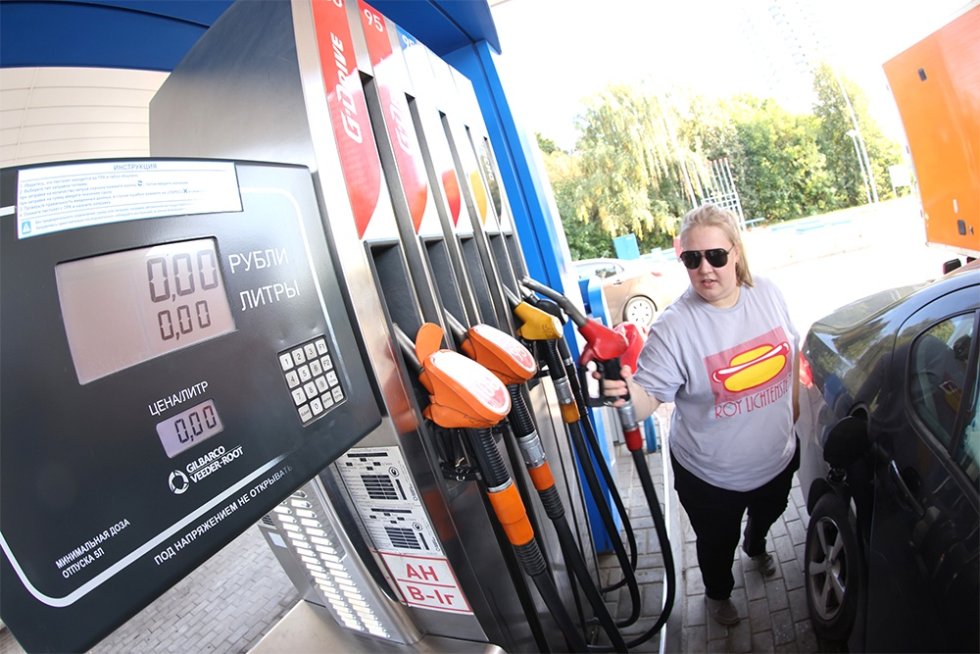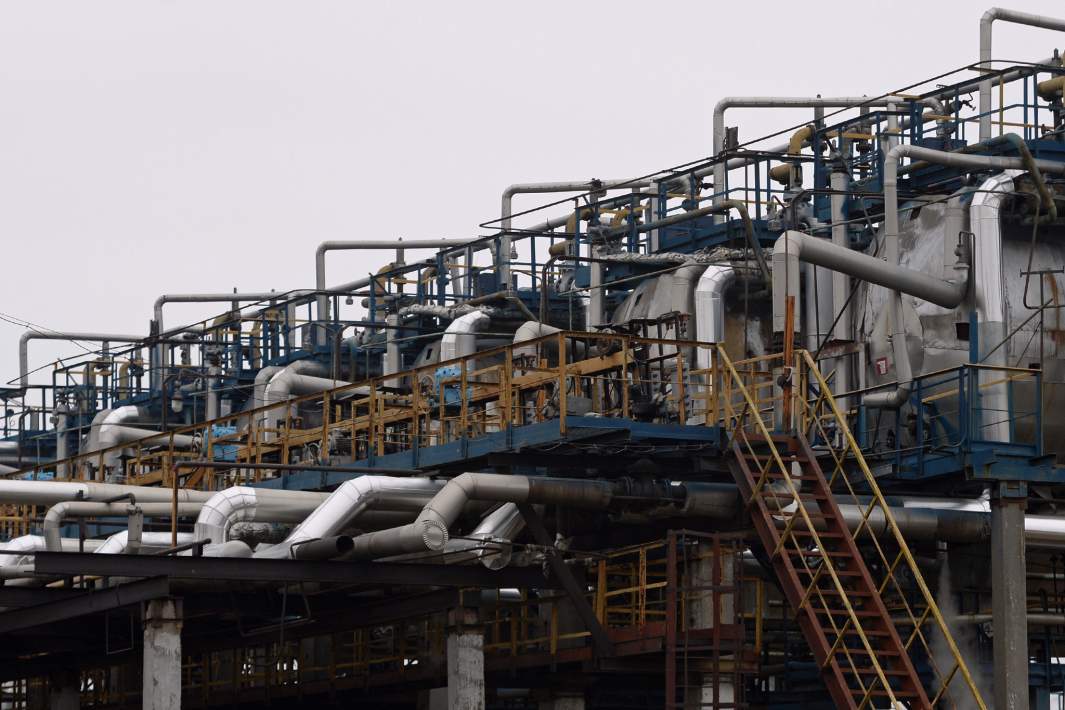Fuel Surplus Expected in September
The imminent completion of repairs at oil refineries will enable a stable surplus of gasoline volumes in the internal Russian market starting in September, allowing for stockpiling in case of emergencies. This information was shared during a meeting held on August 25 with Deputy Prime Minister Alexander Novak, according to a source who attended the meeting, as reported by Izvestia. He stated that monthly production will reach 3.4 million tons, while the average monthly gasoline consumption in the country this year is 3.18 million tons, as noted by Екатерина Косарева, managing partner at VMT Consulting.
The meeting with Alexander Novak included representatives from oil companies and industry regulators to discuss fuel supply issues for the domestic market. Among the agenda items (available to Izvestia) were topics such as the compliance of oil companies with the Ministry of Energy's recommendations for gasoline shipments to the domestic market and stock exchange trading, the dynamics of retail prices until the end of 2025 considering expected inflation slowdown, the analysis of declining diesel fuel consumption in Russia, and the operation of the ban on gasoline exports.
According to another source from Izvestia, it was noted at the meeting that Gazprom has restored the plant in Astrakhan, which will start diesel production on August 30 and gasoline production on September 7. The source, familiar with the meeting proceedings, highlighted that Alexander Novak tasked regions with “intensifying communication with the public to mitigate haste.”
Following the meeting, the Federal Antimonopoly Service (FAS) was instructed to verify the justification for retail prices set by independent gas stations in the Far East. The most pressing issues are noted in Primorsky Krai, where the price difference with the Independent Oil and Gas Company (NNC, which also owns the Khabarovsk refinery) at independent gas stations reaches 20 rubles per liter.
Currently, according to a source from Izvestia, NNC is maximizing the volume of supplies to the region—over 120 additional fuel trucks daily. In their opinion, the surge in gasoline demand in Russia was explained at the meeting by an increase in tourist traffic and rumors of fuel shortages.
— Consequently, there have been instances where individuals refuel up to 300 liters at once, filling both the tanks and jerrycans — the source notes.
Nevertheless, according to the same source, the situation in Crimea has stabilized, with daily consumption at 57-60 tankers. Recently, 63 tankers arrived on the peninsula, with an additional 500 tankers en route.
Current Situation on the Fuel Market
Recall that last week, the exchange price for AI-92 and AI-95 exceeded 72,000 and 82,000 rubles per ton, respectively. Despite the full ban on gasoline exports implemented on August 1, prices for both grade types rose on the exchange by 5.9% and 2.8%, respectively. Today, prior to the meeting in the cabinet, the quotations fell: AI-92 dropped to 69,844 rubles per ton, and AI-95 fell to 78,639 rubles.
The average gasoline price at domestic gas stations has increased by 5.7% since the beginning of the year, according to Rosstat. This figure exceeds the average inflation rate in the country during the same period, which remains around 4.2%.
Price increases are occurring against the backdrop of refinery repairs following attacks by Ukrainian drones. Since early August, the Syzran, Novokuibyshev, Saratov, and Volgograd refineries have halted operation due to drone strikes, while the Ryazan refinery has suspended half of its capacity. Attacks have also targeted the Slavyansk, Afipsky, and Novoshakhtinsk refineries.
According to Reuters' estimates, drone attacks on Russian plants have disrupted at least 17% of refining capacity, equating to 1.1 million barrels per day. This situation continues to contribute to a crisis of acute gasoline shortages in Russian regions.
In the Kuril district of Sakhalin region, the sale of AI-92 gasoline has been suspended. This was reported by Konstantin Istomin, head of the Kuril district. The local administration implemented fuel sales restrictions to guarantee the operations of emergency and special services, allowing no more than 10 liters to be sold per person since August 20.
At gas stations in Crimea, Khabarovsk Krai, and Primorye, drivers have been forced to wait in long queues. Some stations are completely out of AI-95 gasoline.
During the previous meeting with Deputy Prime Minister Alexander Novak held on August 14, it was decided to increase gasoline supplies from Belarus and extend the full ban on gasoline exports until the end of September. According to a source from Izvestia, the relevant decree will be published in the coming days.
According to the press service of the St. Petersburg exchange, the average daily sales volume at plant base prices with rail transport delivery for August 2025 for AI-92 gasoline was 22,100 tons, and for AI-95 gasoline was 15,500 tons, exceeding the comparable trading volume in July by 2.1% (+500 tons) and 5.5% (+800 tons), respectively.
Changes to Oil Producers' Dampers
To reduce exchange prices for fuel, sources from Izvestia report that a decision was made to alter damper parameters, allowing oil producers to deviate from the indicative price by 15% and 25%.
The damping mechanism was created in 2018 and implemented in January 2019 to curb domestic fuel prices. If the export price of gasoline and diesel exceeds a conditional domestic price, the state compensates companies for part of this difference to deter them from raising prices in Russia, and vice versa. The damper is applied only when the average wholesale fuel price for the month does not exceed indicated levels by more than 10% for gasoline and 20% for diesel. The indicative prices for 2025 are set at 60,450 rubles per ton for gasoline and 57,200 rubles for diesel.
Assuming that the threshold will be raised from 10% to 15% for gasoline and from 20% to 25% for diesel, the price levels that will trigger damper payouts will be 69,517 rubles for gasoline and 71,500 rubles for diesel.
Recall that according to the Ministry of Finance, as of July, the budget paid oil companies 59.9 billion rubles under the fuel damper, compared to 34.5 billion rubles in June.
— Following the ban on gasoline exports from August 1, oil producers lost some export revenue. Additionally, the situation was influenced by the failure of several refining capacities. They were forced to raise prices, understanding that under current conditions, they might not receive budget payments. By increasing the cutoff by five percentage points, they can expect payments from the budget, emphasizes Екатерина Косарева.
Moreover, the increase in gasoline supply volumes to the domestic market in the near future will also be affected by Belarusian imports. According to Sergey Tereshin, CEO of Open Oil Market, Belarusian refineries remain underloaded after the 2020 sanctions and the loss of the European market.
The Belneftekhim concern did not provide an immediate comment. However, they previously informed Izvestia that demand for Belarusian gasoline from Russian buyers has increased.
According to the Deputy Chairman of the State Duma Energy Committee, Yuri Stankevich, the outcomes of the government meeting demonstrated that all industry participants, primarily fuel producers, are taking maximum responsibility in meeting the demand for gasoline in full.
With the participation of the Russian Railways, surplus supplies to Crimea are ensured, and cargo flows to the Far Eastern regions, primarily to Primorsky Krai, are being increased. At the same time, the continuing risks of terrorist attacks necessitate concentrated efforts from security agencies and corporate security services to protect oil refining facilities, concluded the source.
Source: Izvestia



